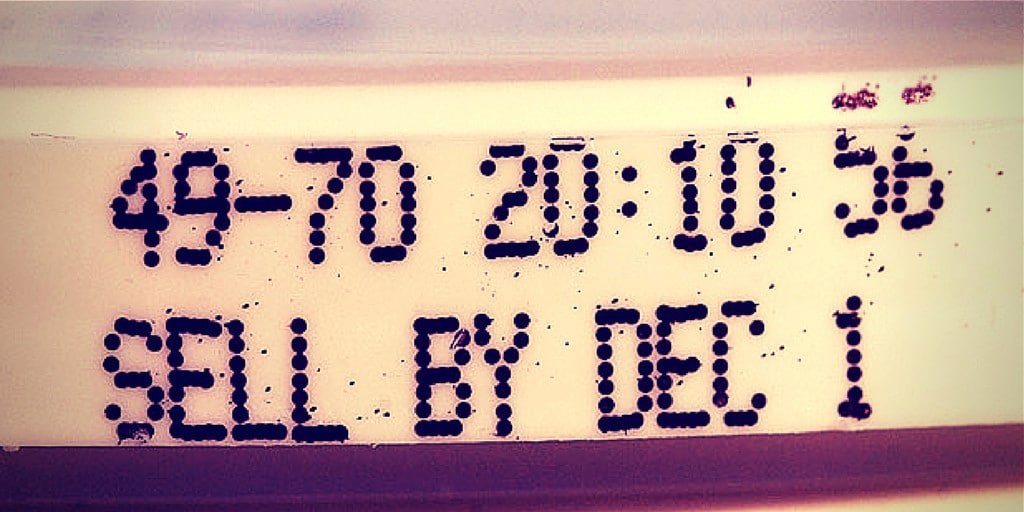 When your mom asked you to clean your plate as a kid, she had good reason.
When your mom asked you to clean your plate as a kid, she had good reason.
John Oliver explained why on his most recent segment of “Last Week Tonight.” Oliver highlighted the issue of food waste in America – and rightfully so. According to FutureFood2050, 33 – 50 percent of food produced for human consumption in the world is never eaten. That is nearly 1.3 billion metric tons of food waste a year, due to farmers that don’t have adequate postharvest technology (like drying), food damaged in transit, and even our own kitchens. According to the World Food Programme, 795 million people in the world—one in nine of us—do not have enough food to lead a healthy, active life. But there is something we can do. Here are three ways to fight food waste.

1. Get savvy on labels.
Inconsistency in date labeling can contribute to misunderstanding about food quality or safety. This misunderstanding is among the factors contributing to food waste. Learn what some common food label terms mean and use it to be strategic in what your purchase or pitch:
- Sell by: The date, determined by food product manufacturers, by which the food should be sold at retail. It is still safe to consume foods after this date has passed.
- Use by: The date, determined by food product manufactures, by which the food should be consumed. Products should be discarded after the “use by” date.
- Best by: Date by which the product should be consumed for ideal quality. It is still safe to consume foods even after this date has passed.

2. Go mobile and get informed.
Every year, billions of pounds of good food go to waste in the U.S. because home cooks are not sure of the quality or safety of items. The FoodKeeper application offers users storage advice about on more than 400 food and beverage items. It includes baby food, dairy products, eggs, meat, poultry, produce, seafood, and more. The application, developed by USDA, Cornell University and the Food Marketing Institute, helps you understand how different storing methods affect a product’s shelf life. This insight can help you maximize the storage life of foods and beverages in your home. The application can also remind you to use items before they are likely to spoil.

3. Support tried and true technology.
According to the American Society for Nutrition, the American food supply is one of the safest in the world, in part due to innovations in food processing. Food processing contributes to both food security (ensuring that sufficient food is available) and nutrition security (ensuring that food quality meets our nutrient needs). Canning, freezing, or even using special packaging can help keep food safe and fresh longer. Preservatives added to packaged, canned, and frozen foods help prevent microbes from causing foodborne illness and extend the shelf-life of our food. That reduces food waste and adds to the sustainability of the food supply.
Biotechnology, or genetic engineering, is another technology making a positive image. For instance, potatoes are currently lost as food waste due to bruising. The USDA, FDA, and EPA recently approved a new variety of potato that withstands bruising. As a result, the new variety reduces post-harvest food loss.
From simple steps to you can take in your home to support for innovative technologies, there is a lot you can do to help make sure that food makes it all the way from farms to bellies.
